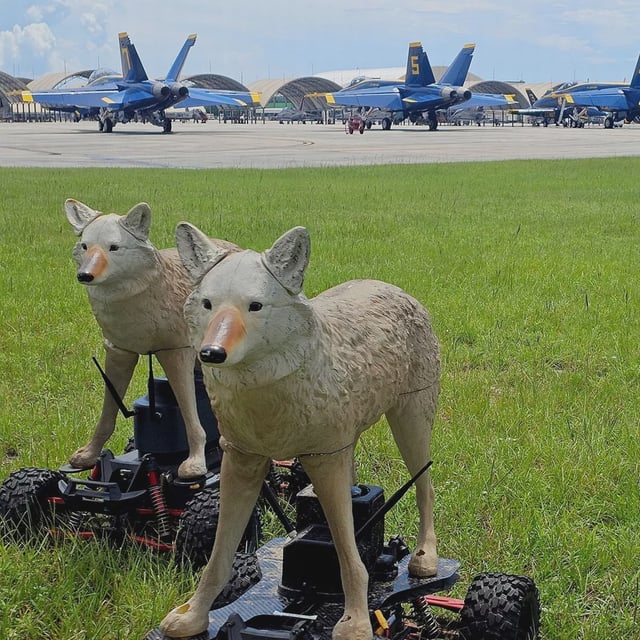Overview
- Prototypes called Coyote Rovers use four-wheeled Traxxas X-Maxx platforms topped with realistic coyote figures and have been tested at NAS Pensacola, Whiting Field and Fort Campbell
- Each robotic unit can reach speeds up to 20 mph at a manufacturing cost of about US$3,000, offering a budget-friendly alternative to static decoys and noise cannons
- ERDC partnered with the USDA National Wildlife Research Center and wildlife biologists to assess deterrent effectiveness against birds and other airfield hazards
- Upcoming enhancements include self-charging systems, species-recognition software and robust navigation capabilities for rough terrain
- The mobile decoys are designed to minimize animal habituation and human patrols while offering continuous coverage to lower bird-aircraft strike risks
